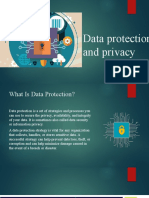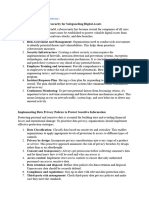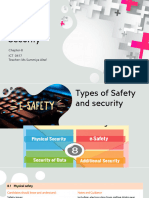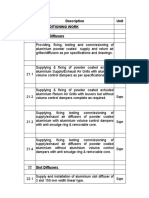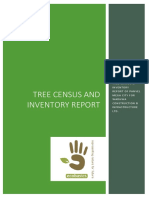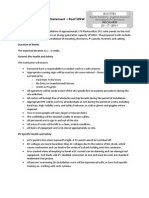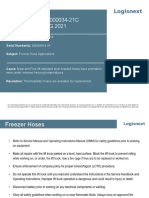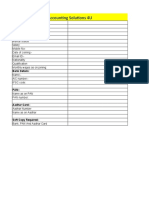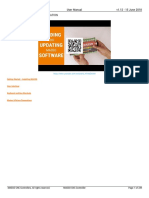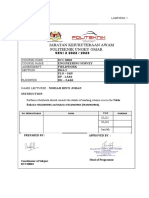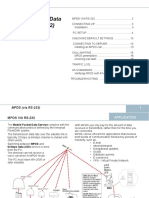0% found this document useful (0 votes)
30 views4 pagesData Privacy
Data controls and computer security are crucial for safeguarding data from unauthorized access and ensuring its confidentiality, integrity, and availability. They encompass physical, logical, and administrative measures, along with technical and non-technical strategies to mitigate risks. Additionally, data privacy is essential for protecting personal information, with various laws and best practices guiding organizations and individuals in maintaining data protection.
Uploaded by
inkmadejackCopyright
© © All Rights Reserved
We take content rights seriously. If you suspect this is your content, claim it here.
Available Formats
Download as DOCX, PDF, TXT or read online on Scribd
0% found this document useful (0 votes)
30 views4 pagesData Privacy
Data controls and computer security are crucial for safeguarding data from unauthorized access and ensuring its confidentiality, integrity, and availability. They encompass physical, logical, and administrative measures, along with technical and non-technical strategies to mitigate risks. Additionally, data privacy is essential for protecting personal information, with various laws and best practices guiding organizations and individuals in maintaining data protection.
Uploaded by
inkmadejackCopyright
© © All Rights Reserved
We take content rights seriously. If you suspect this is your content, claim it here.
Available Formats
Download as DOCX, PDF, TXT or read online on Scribd
/ 4

